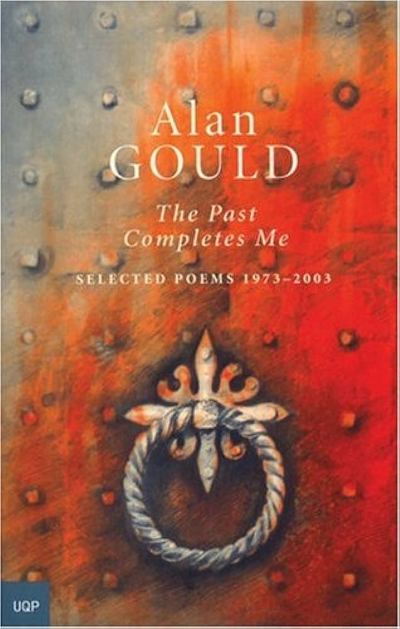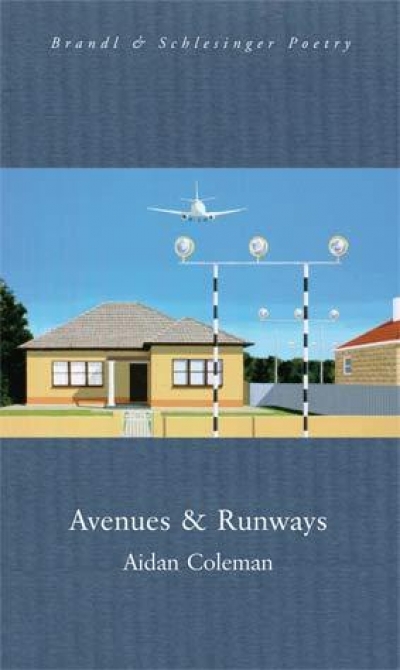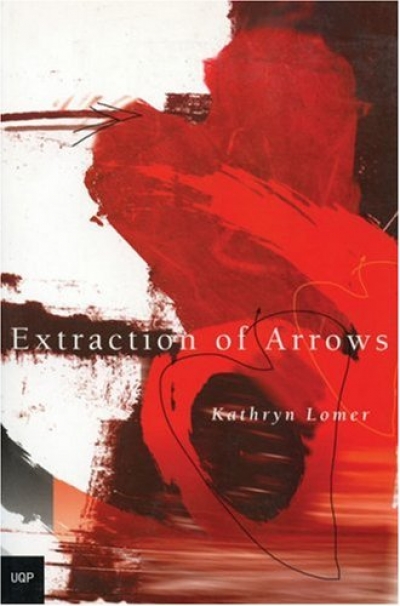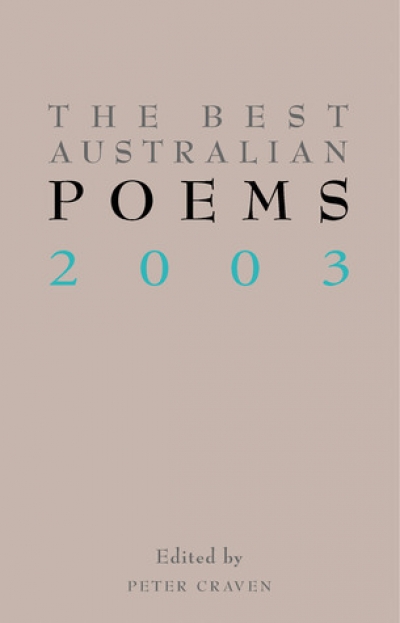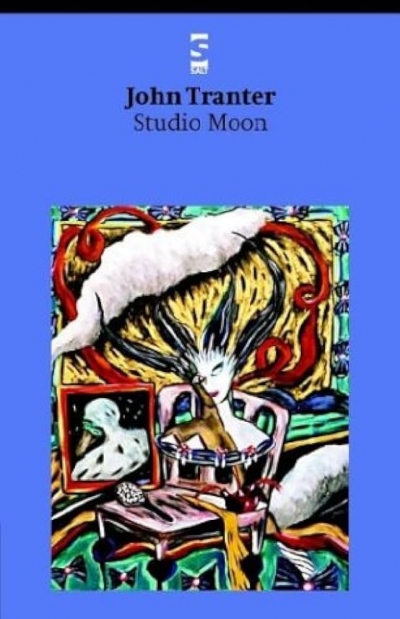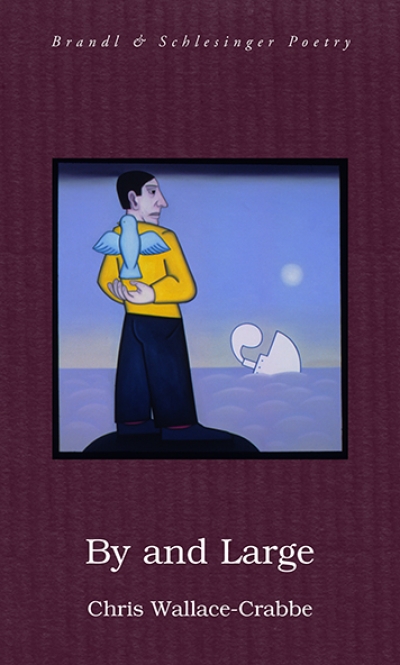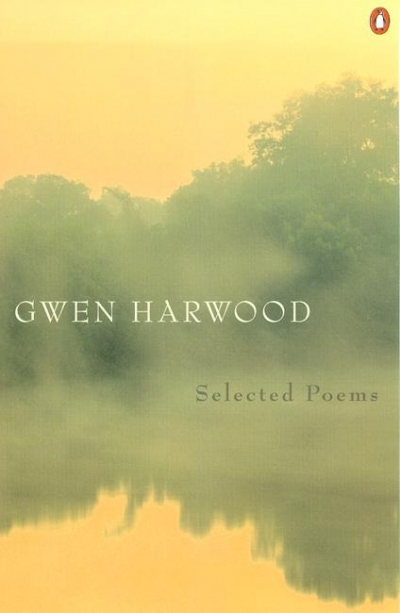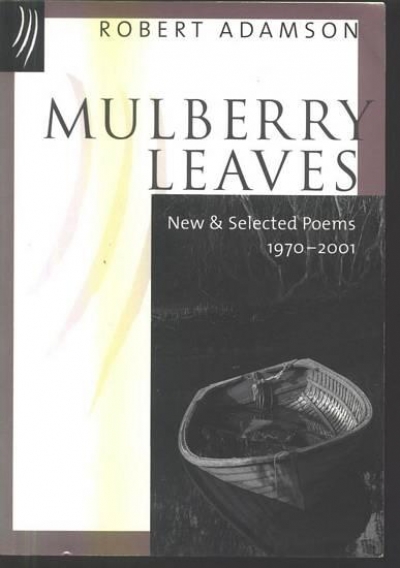Martin Duwell
The Past Completes Me: Selected poems 1973–2003 by Alan Gould
by Martin Duwell •
To celebrate the best books of 2004 Australian Book Review invited contributors to nominate their favourite titles. Contributors included Dennis Altman, Brenda Niall, Kerryn Goldsworthy, Morag Fraser and Chris Wallace-Crabbe.
... (read more)Avenues & Runways by Aidan Coleman & Throwing Stones at the Sun by Cameron Lowe
by Martin Duwell •
The Best Australian Poems 2003 edited by Peter Craven & The Best Australian Poetry 2003 edited by Martin Duwell
by David McCooey •
Selected Poems: A new edition by Gwen Harwood, edited by Greg Kratzmann
by Martin Duwell •
Mulberry Leaves: New and selected poems, 1970–2001 by Robert Adamson
by Martin Duwell •
Selected Poems by John Tranter & Flowers of Emptiness. by Rudi Krausemann
by Barbara Giles •

